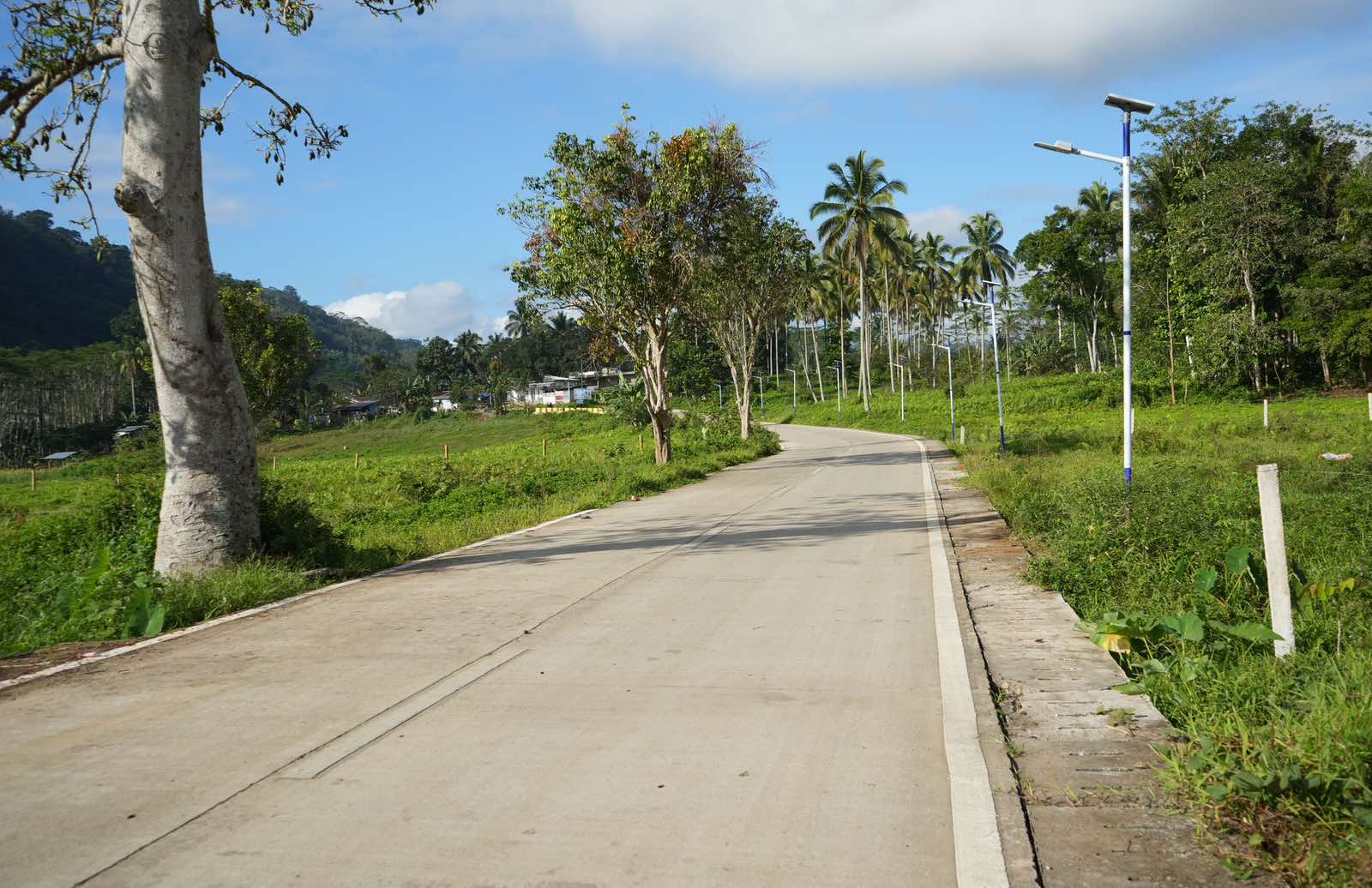
Key roads have been revitalized by the Department of Public Works and Highways (DPWH) following diligent efforts and strategic investments in infrastructure, promising smoother and safer journeys within Marawi City and its peripheral areas in the Province of Lanao Del Sur.
In his inspection report to DPWH Secretary Manuel M. Bonoan, Senior Undersecretary Emil K. Sadain said that bundles of road projects for the Japan International Cooperation Agency (JICA)-funded Marawi Transcentral Road Phase 3 under the Road Network Development Project in Conflict Affected Areas in Mindanao (RNDP-CAAM) and Asian Development Bank (ADB)-funded Emergency Assistance for the Reconstruction and Recovery of Marawi (EARRM): Reconstruction and Development Plan for Greater Marawi - Stage 2 are now completed and paving its way to push forward the development plan positioned to establish inclusive economic growth, connectivity, and community building in Marawi City and adjacent areas.
Senior Undersecretary Sadain together with Roads Management Cluster I (Bilateral) Project Director Benjamin A. Bautista and Roads Management Cluster II (Multilateral) Project Director Sharif Madsmo H. Hasim of the Unified Project Management Office (UPMO) Operations inspected on Friday, February 16, 2024 the completed civil works for Marawi Transcentral Road Phase 3 under (RNDP-CAAM) with a total length of 18.78 kilometers including a walk-thru along Emie-Sagonsongan-Linao-Lantian Road and other road rehabilitation works within the Mindanao State University (MSU) - Marawi City Campus, and other Transcentral Roads in Lanao Del Sur under EARMM with a total length of 16.82-kilometer divided into four (4) contract packages.
Despite challenges, the dedicated teams of the DPWH UPMO Operations have been working tirelessly to restore vital infrastructure, ensuring safer and smoother travel for residents and visitors.
According to Senior Undersecretary Sadain, in-charge of DPWH infrastructure flagship projects and in the Bangsamoro Autonomous Region in Muslim Mindanao (BARMM), the projects completed and on-going are part of the many efforts undertaken by the national government to jumpstart seeing the promise of Mindanao fulfilled by maximizing the island region’s economic potential.
From rural roads, inter-island bridges to urban highways and major flood control facilities, we can look forward to smoother, faster and safer travel routes, and resilient communities thru a number of DPWH infrastructure flagship projects under the “Bagong Pilipinas” plan for genuine development and improvement of the quality of life of the Filipino people, added Senior Undersecretary Sadain.
RNDP-CAAM Projects completed are the Cabingan-MSU Campus-Amai Pakpak Avenue (Road 6), MSU Campus-Matampay-Marantao Road (Road 7), and Rapasa-Bayaba Road (Road 20) with a total length of 4.87 kilometers for CP-3A; Emie-Sagonsongan-Linao-Lantian Road (Road 9-1), MSU-Bubo Road (Road 13), and Rantian-Paling Road (Road 14) with a total length of 4.92 kilometers for CP-3B; Linao-Alinan Road (Road 15), Emie-Sagunsungan-Linao-Rantian Road (Road 9-2), Rorogagus-Mipaga Road (Road 25), and Bito-Mipaga-Marawi Road (Road 26) with a total length of 4.34 kilometers for CP-3C and Bacong-Poona-Marantao-Marawi Road (Road 2-3), Bito-Rorogagus-Guimba Road (Road 11), and Tampilong Road (Road 28) with a total length of 4.65 kilometers for CP-3D.
The DPWH UPMO has also earlier implemented and completed the design and build of 18.97-kilometer Marawi Transcentral Road Phase 1 and 2 financed by a donation/grant by the Government of Japan thru JICA under the Programme for the Support to Rehabilitation and Reconstruction of Marawi City and Its surrounding Areas.
Meanwhile, EARRM also covers the on-going rehabilitation of road along Marawi-Bito Road and rehabilitation of Lasureco Road, and slope protection works at upper and lower slopes of Marawi-Bito Road including installation of eight (8) segments of active and passive mesh system.
The delivery of these JICA and ADB funded roads are crucial for the DPWH Bangon Marawi initiatives aimed at enhancing connectivity, driving economic growth, and improving living standards.
